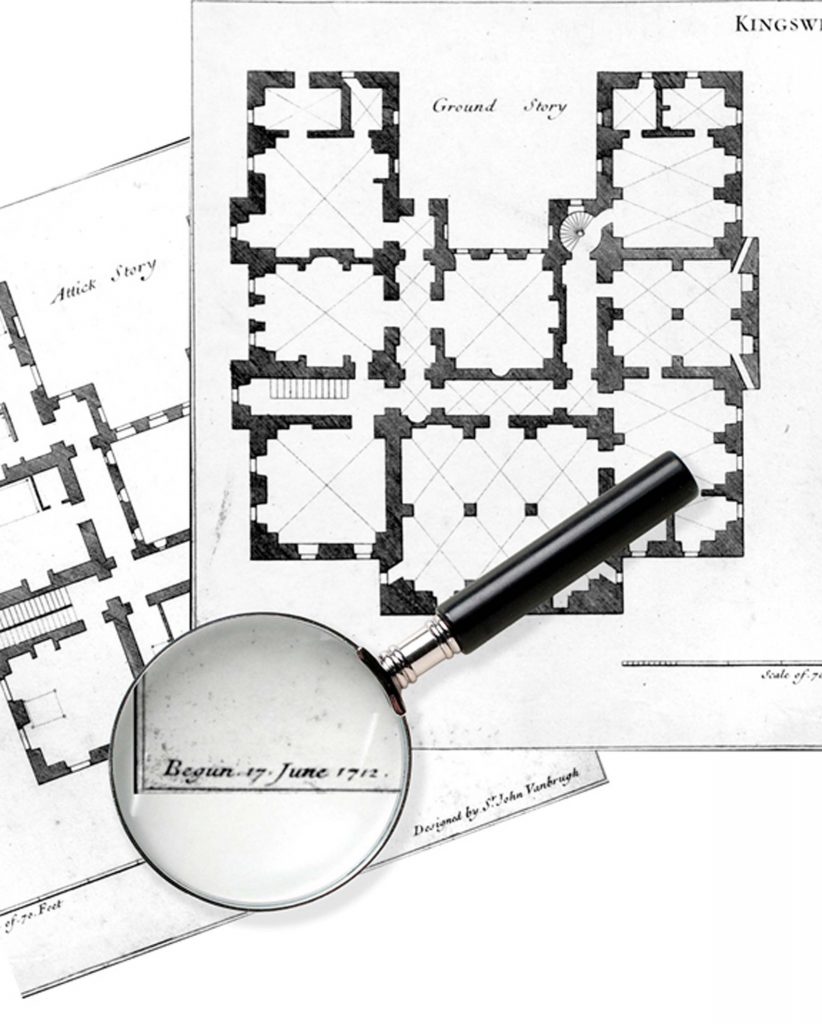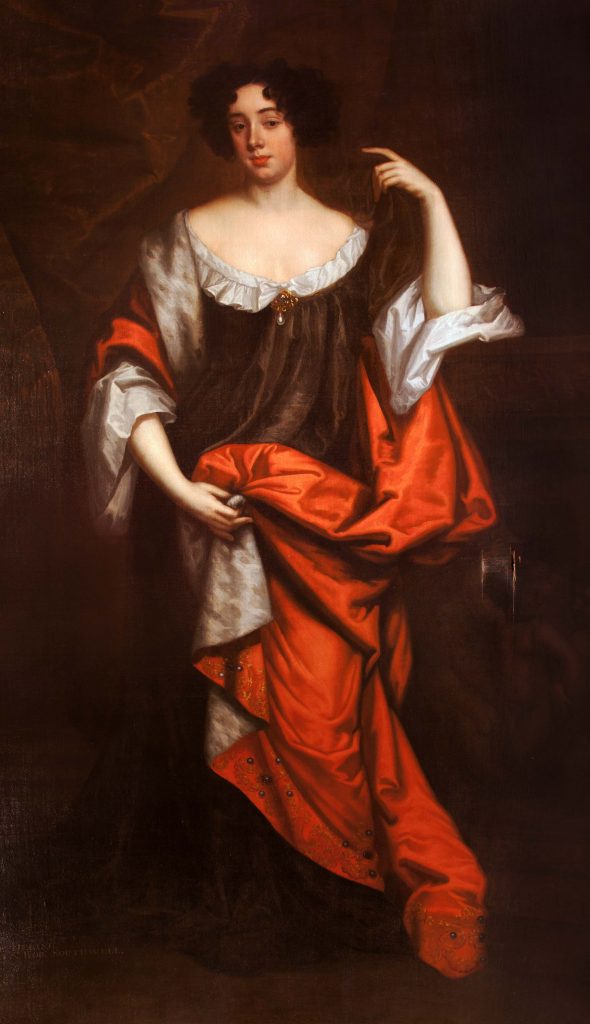In the final part of our tenth anniversary review we look at how KWAG celebrates the historic estate. When we established in 2011 it was to try and share the amazing history of the estate with as many people as possible. KWAG’s founders, Tim Denning and David Martyn had long puzzled over why the grand house appeared to sit in the corner of an open field surrounded by woods and set out to piece together more about the history of the house, landscaped gardens, and the families who lived there. Some of the discoveries that were made in the early days added some astonishing new background to Kings Weston, overturning decades of wrong assumptions and misunderstanding. KWAG was formed in an effort to share the importance of the estate with others and spread the word about the incredible history now discovered.
Below; where it all began; KWAG’s first exhibition held in the Echo to coincide with Doors Open day in September 2012. This was our first public event.

It remains a key ambition of KWAG to promote the history of the estate. Working with Bristol City Council we ensured that all of our research and knowledge was made available in the creation of a Conservation Management Plan for the estate. This continues to form the road map for the future of the estate and for all KWAG’s work. This was adopted by the Council in 2014 and is a fascinating read for anyone interested in Kings Weston. We also worked closely with the Council to help identify important sites and monuments within the estate and help mould council policies that would cover their protection and conservation.

Probably the most important discoveries KWAG has made relate to the history of the house itself. Although its architect, Sir John Vanbrugh is one of the most nationally important architects his work at Kings Weston was surprisingly poorly understood. Most researchers had guessed at when it was built, and you will regularly read 1710 as the assumed date. KWAG undertook extensive research, mainly using original documents in Bristol Archives and the British Library to finally establish an exact date, the 17th June 1712, for the commencement of the present building. In the process we uncovered the intriguing story of the demolition of the old building with no firm plan for its replacement, the anxiety that the owner, Edward Southwell, felt over what to replace it with barely a month before the new house began, and the long discourse between him, his architect, and other acquaintances during the construction. We’ve also established that Southwell finally moved into his new house in 1716.


Some of these correspondence have since been lodged as part of the collections of Bristol Archives following KWAG’s actions. We were grateful for the public response to a call for donations in 2018 to secure an important letter about the house from Sir John Vanbrugh. In 2013 we also secured the transfer of a large and important archive of family papers that were still held by the descendants of the Southwell family and amongst which are fascinating details about the house and estate in the Eighteenth Century.
As well as contributing some documents directly to pubic collections we also hold a growing collection of original material and artefacts ourselves. Historical paintings, photos, documents and ephemera that relate to Kings Weston and the families who lived there have all been collected when the opportunity has arisen, and we’re grateful for members of the public who have added to our collection through donations. Our research has been used in other ways. In 2013 we used it to apply to Historic England to get the historic Georgian viewing terrace Grade II Listed. In 2015 we managed to get Shirehampton War Memorial, an important feature in the park, Listed too.


Of course KWAG’s ambition has always been to share the history of Kings Weston and we’ve found many ways to accomplish this. We’ve published a wide range of guides, articles, and, of course, the monthly newsletters for our members. The majority of these focus on the estate’s history. Walks, tours, exhibitions, and public talks are all ways that we try and promote Kings Weston across the city and beyond. We’ve also run major events and a programme of schools engagement. It’s always been at the heart of KWAG to make history as accessible as possible. By reconstructing some of the lost buildings and house interiors using 3D computer modelling has been one way we’ve tried to illustrate how the estate has evolved. Of course our website has become an essential one-stop shop for anything to do with history, nature, and our activities, and is an ever growing archive of fascinating information and images.

Not all discoveries have been found in archives however; KWAG has run several archaeological explorations to uncover more about the parkland. Several Geophys events have identified lost features including the original Great Court at the front of the house as well as some other intriguing features that we may explore further someday.in 2012 we uncovered ruins of Sir John Vanbrugh’s Penpole Lodge and recorded them in measured drawings.
Marble fragments discovered in the cellars of the house were identified by us when they came to light in 2012. Piecing the fragments together on the floor of the cellar we recognised them from photos from a 1927 article in Country Life as being from the Eating Parlour, now the Canaletto Room upstairs. We also managed to find it referenced in archival material and could date it to 1764. It was cleaned and restored by Norman Routledge before being reinstated as the centrepiece to the room once more.


Rather than detail it in full here a story about another recent find, a painting in the collections of the architect Sir John Soane RA has been published on our website. The painting brings to light the influence of Kings Weston on later generations of architects and the admiration, and occasional vitriol the house provoked!
There are still people who come to us today saying they’ve lived in Bristol all their lives but never visited, but these days there are fewer who say they’ve never heard of Kings Weston. It can’t have escaped notice by anyone walking the park over the last ten years how many more people are enjoying it. We hope that KWAG’s influence and efforts have helped raise the profile of one of Bristol’s most important historic sites and will continue to do so into the future.
Below: Kings Weston house, or is it? Find out more here


